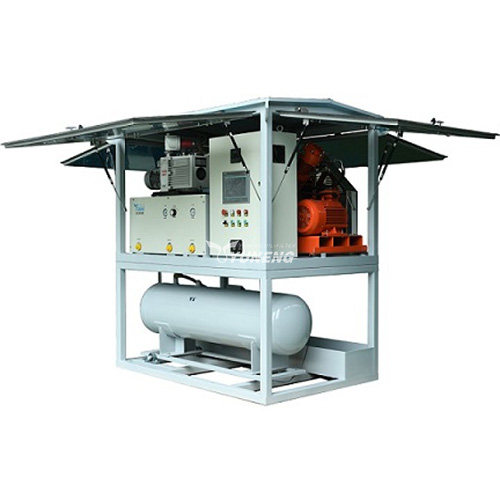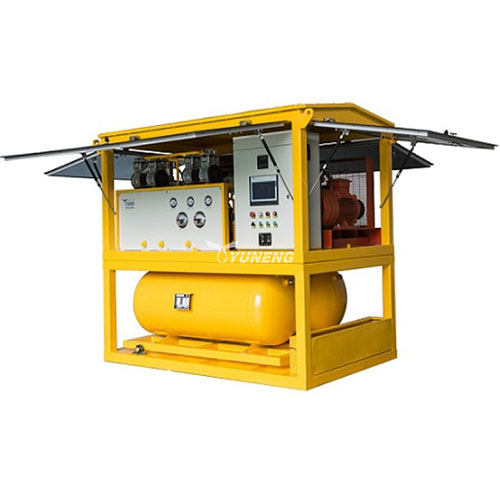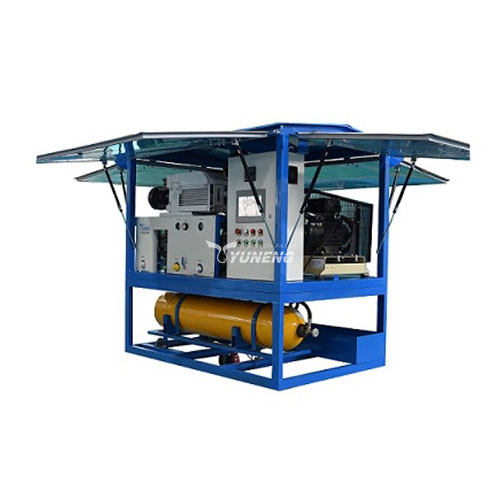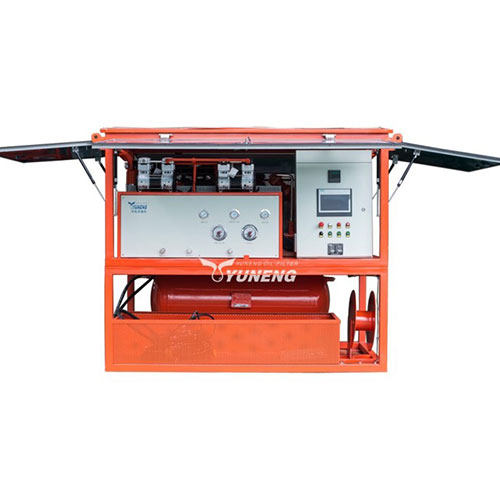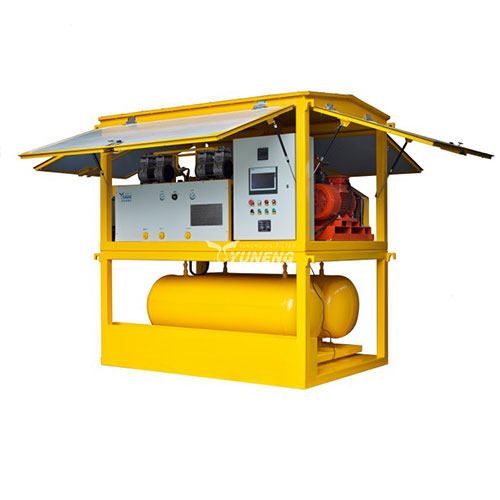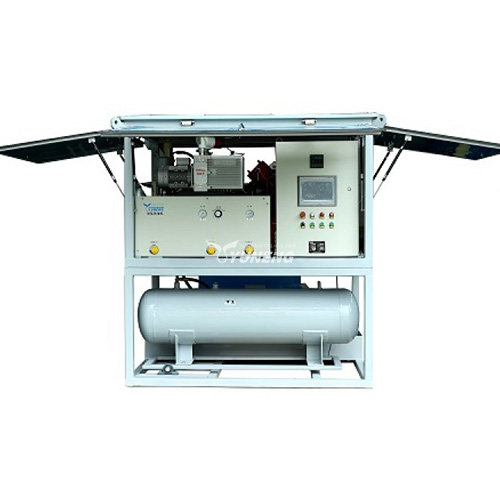Challenges and Solutions in SF6 Gas Recovery for Electrical Utilities
Sulfur hexafluoride (SF6) gas is widely used in the electrical utility industry for its excellent insulating and arc-quenching properties. However, due to its high global warming potential, managing SF6 gas recovery efficiently is crucial. This article explores the challenges and solutions in SF6 gas recovery, with a focus on the innovative technology offered by YUNENG.
Challenges in SF6 Gas Recovery for Electrical Utilities
SF6 gas recovery poses numerous challenges for electrical utilities, impacting both operational efficiency and environmental sustainability. These challenges stem from various factors including the high costs of recovery and recycling, the complexity of handling procedures, and significant safety risks and environmental concerns.
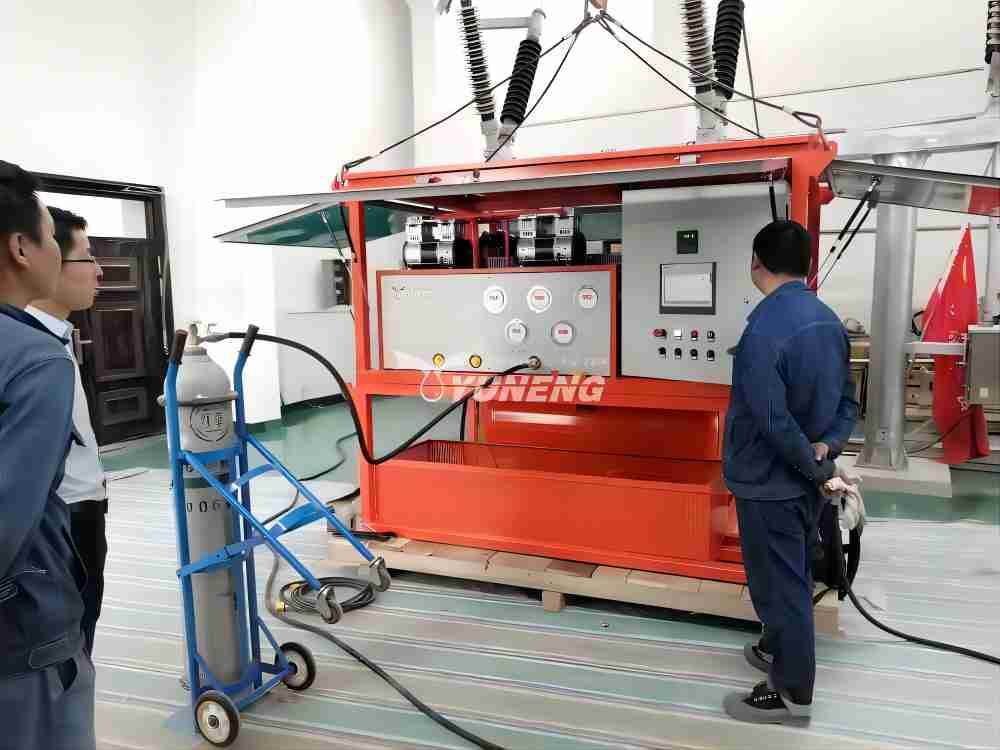
High Costs of Recovery and Recycling
The financial burden associated with SF6 gas recovery is a major hurdle for electrical utilities. The initial investment in recovery equipment is substantial. High-quality recovery units, storage tanks, and recycling systems come at a premium cost. Moreover, maintaining this equipment and ensuring it operates efficiently adds to ongoing operational expenses.
Labor costs also play a significant role. Highly trained technicians are required to handle SF6 gas recovery safely and effectively. These skilled professionals command higher wages due to their specialized expertise. In addition, utilities may face costs related to regulatory compliance, as strict environmental regulations necessitate continuous monitoring and reporting of SF6 gas usage and emissions.
Complexity of SF6 Gas Handling Procedures
Handling SF6 gas involves intricate procedures that demand a high level of technical knowledge and precision. From the recovery of gas from electrical equipment to its purification and storage, each step must be meticulously performed to prevent leaks and ensure safety. The process typically includes:
- Gas Extraction: Carefully extracting SF6 gas from electrical equipment without releasing it into the atmosphere.
- Purification: Removing impurities and contaminants from the recovered gas to ensure it meets reuse standards.
- Storage: Safely storing the purified gas in specialized containers designed to prevent leaks and degradation.
Safety Risks and Environmental Concerns
Each stage of this process requires sophisticated equipment and meticulous attention to detail. The complexity of these procedures increases the likelihood of human error, which can result in inefficient recovery, potential safety hazards, and environmental harm.
- Potential Leaks: Leaks during recovery procedures pose a safety risk for personnel due to SF6’s high greenhouse gas potential. Even small leaks can contribute significantly to environmental damage. Leaks can occur at various points:
- During On-Site Capture: Faulty equipment connections or improper handling techniques can lead to leaks during capture from electrical equipment.
- In Transport: Accidents during transportation can damage containers and cause leaks.
- At Recycling Facilities: Leaks can occur during the processing and reuse of recovered SF6 gas.
- Improper Disposal: Improper disposal of SF6 gas can have catastrophic consequences for the environment. If not handled properly, SF6 can remain in the atmosphere for centuries, contributing significantly to global warming. Improper disposal can occur due to:
- Lack of Awareness: Utility personnel might not be fully aware of the environmental impact of improper disposal.
- Inadequate Resources: Limited access to proper disposal facilities or the high cost of disposal can lead some utilities to resort to illegal or unsafe practices.
- Accidental Releases: Unforeseen equipment failures or human error can result in accidental releases of SF6 gas into the atmosphere.
- Monitoring and Reporting: Utilities are required to monitor SF6 gas levels and accurately report any leaks or emissions. This monitoring and reporting adds an administrative burden to the recovery process, requiring dedicated personnel and resources.
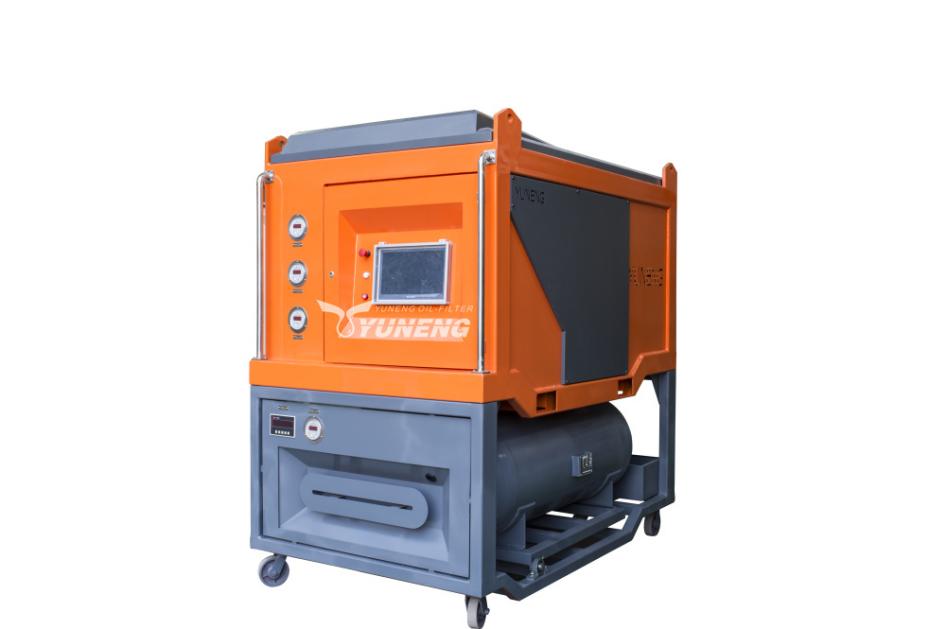
Solutions for Efficient SF6 Gas Recovery
The challenges associated with SF6 gas recovery are significant, but innovative solutions are emerging to help utilities navigate these complexities. These solutions aim to improve efficiency, reduce costs, and minimize environmental impact.
1. Standardized Recovery Equipment: Manufacturers are developing standardized recovery equipment that is:
- Modular and Versatile: Modular designs allow for customization based on specific equipment needs, reducing the need for multiple specialized units.
- Cost-Effective: Standardized production processes and economies of scale can potentially lower the overall cost of equipment.
- User-Friendly: Intuitive interfaces and automated processes can simplify operation, reducing training requirements and human error.
2. On-Site Recycling Technologies: Advancements in on-site recycling technologies offer promising solutions:
- Mobile Recycling Units: These self-contained units can be brought to a worksite, eliminating the need for transportation and reducing logistical hurdles.
- Direct Gas Reuse: Emerging technologies can purify recovered SF6 gas to near-virgin quality, allowing for immediate reuse in electrical equipment, minimizing waste and transportation costs.
3. Improved Training and Certification Programs: Training programs are evolving to provide comprehensive education for personnel involved in SF6 gas recovery. These programs:
- Utilize Online Learning Modules: Online modules can deliver consistent training to geographically dispersed personnel, reducing travel costs and downtime.
- Focus on Practical Applications: Hands-on training scenarios can equip personnel with the necessary skills to handle SF6 gas safely and efficiently in real-world situations.
- Offer Certification Programs: Certification programs can demonstrate competence and ensure adherence to best practices, potentially reducing insurance costs for utilities.
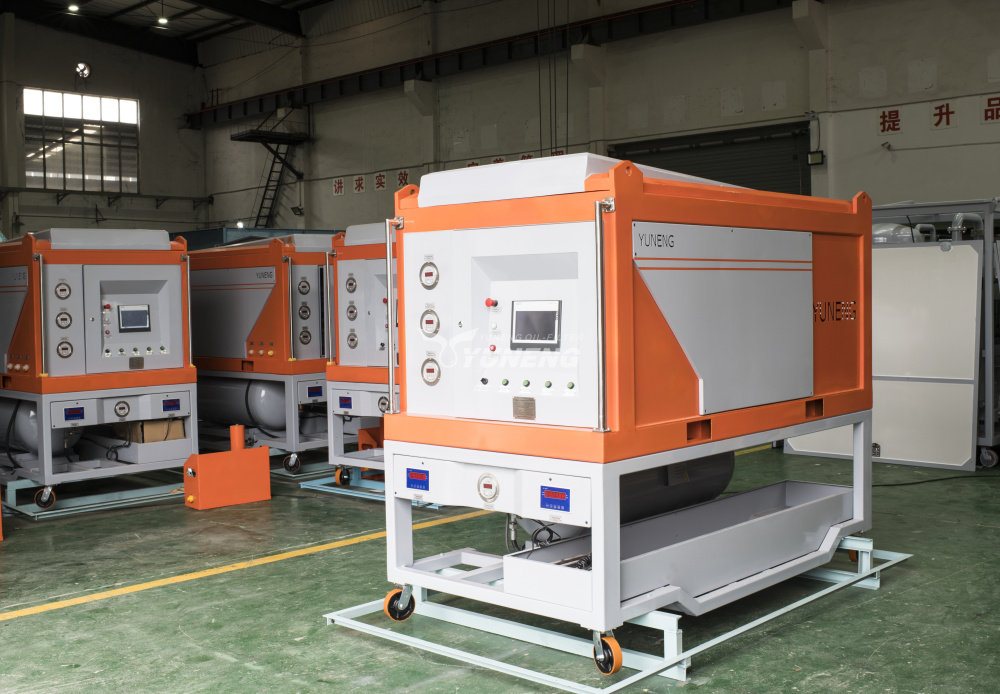
4. Collaborative Efforts: Industry collaboration can play a key role in overcoming challenges:
- Standardization of Regulations: Harmonized international regulations can streamline the recovery process and reduce complexities for utilities operating across borders.
- Investment in Recycling Infrastructure: Increased investment in SF6 gas recycling facilities can improve geographical accessibility and reduce transportation costs.
- Knowledge Sharing Platforms: Industry-wide platforms can facilitate knowledge sharing between utilities, fostering best practices and promoting innovation.
By adopting these solutions and fostering collaborative efforts, electrical utilities can overcome the challenges of SF6 gas recovery and contribute to a more sustainable future for the power grid.
YUNENG SF6 Gas Recovery System
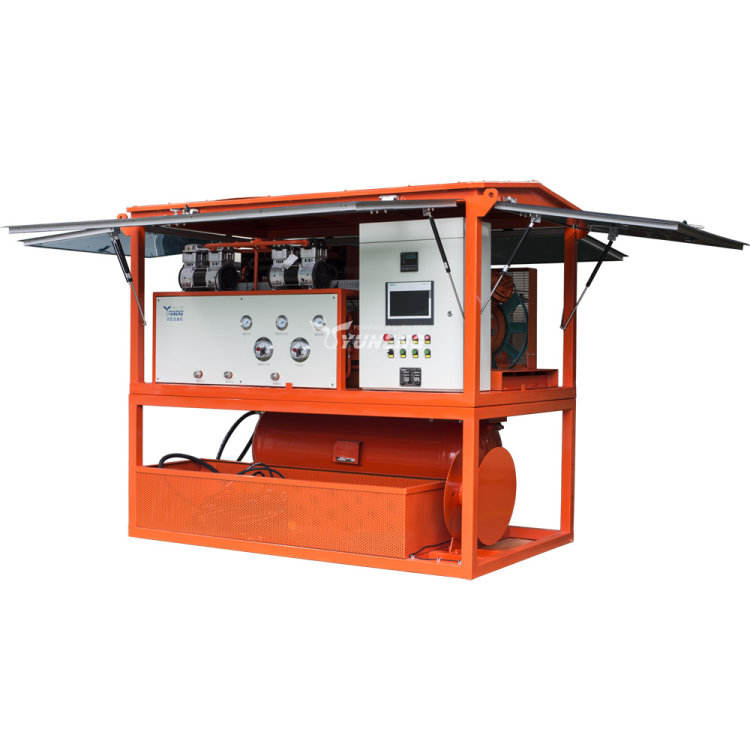
YUNENG is a leading provider of innovative solutions for SF6 gas recovery. Their advanced technology is designed to meet the specific needs of electrical utilities, ensuring safe, efficient, and cost-effective recovery and recycling of SF6 gas. YUNENG’s systems are built with precision engineering, leveraging cutting-edge technology to optimize performance and reliability.
Key Features and Benefits
YUNENG SF6 gas recovery systems come with a host of features and benefits that make them an ideal choice for electrical utilities. These include:
- High Efficiency: YUNENG systems are designed for maximum recovery efficiency, ensuring minimal SF6 gas loss during the process.
- User-Friendly Interface: The systems are equipped with intuitive controls and interfaces, making them easy to operate and reducing the risk of human error.
- Enhanced Safety: With built-in safety mechanisms and compliance with international safety standards, YUNENG systems mitigate the risks associated with SF6 gas handling.
- Cost-Effective: By optimizing the recovery and recycling process, YUNENG systems help utilities reduce operational costs and improve overall efficiency.
- Environmental Compliance: YUNENG’s technology ensures that SF6 gas recovery and recycling meet stringent environmental regulations, helping utilities minimize their carbon footprint.
Conclusion
The challenges of SF6 gas recovery for electrical utilities are formidable yet manageable with the right technologies. YUNENG’s SF6 gas recovery systems provide a robust solution, enabling utilities to efficiently recycle SF6 gas. These advanced systems enhance operational efficiency, improve safety, and support environmental sustainability efforts. Adopting such solutions empowers utilities to meet regulatory standards while minimizing environmental impact.

